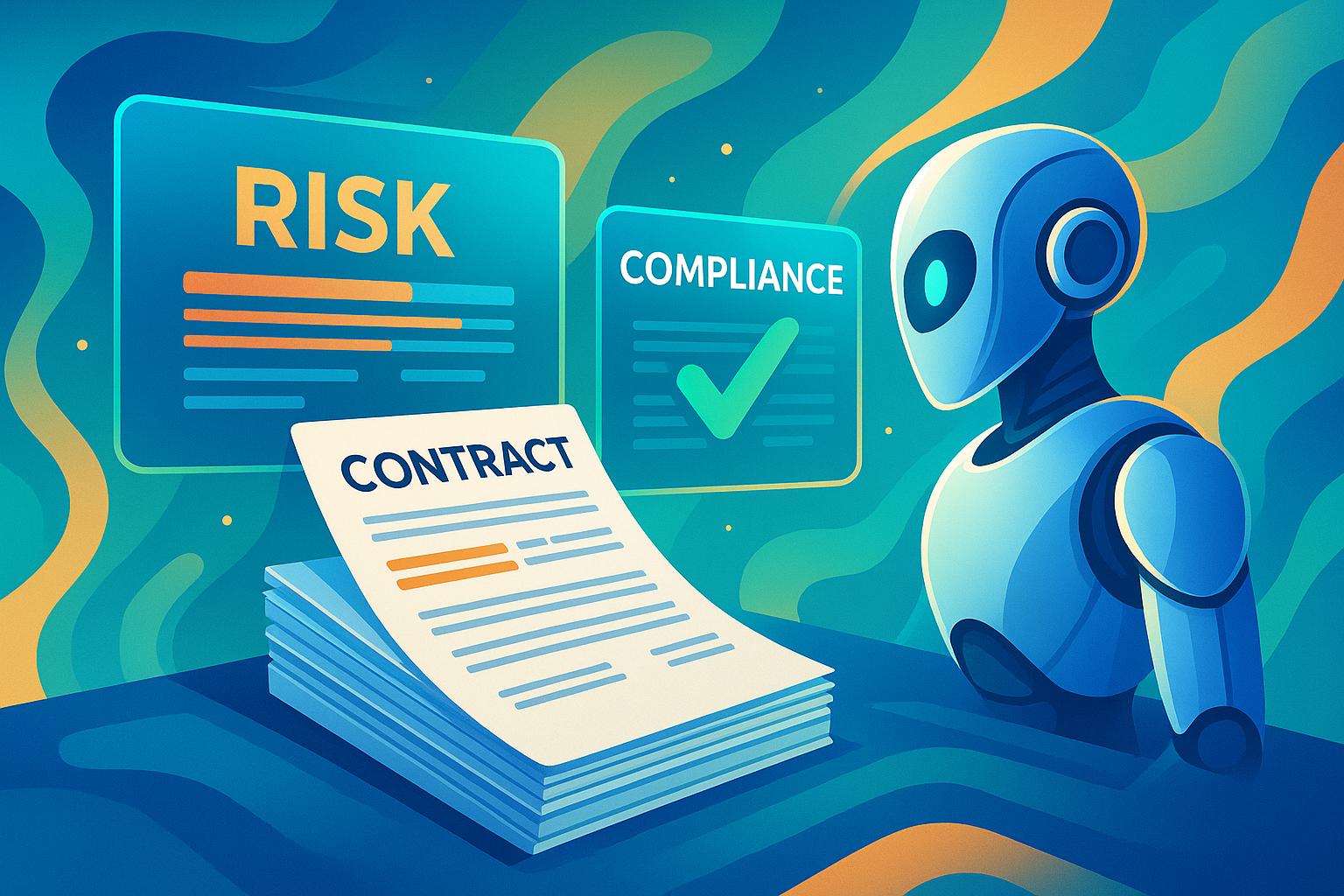Permitted use reports are essential tools in real estate. They detail what activities and developments are allowed on a property under local zoning laws. These reports help identify zoning issues, confirm compliance, and guide investment decisions. Using AI, tools like Plotzy now make creating these reports faster and more accurate, reducing risks and saving time. Here's what you need to know:
- Key Components: Zoning classifications, permissible uses, development standards, and required documentation like zoning maps and certificates of occupancy.
- Uses: Due diligence, development planning, and investment analysis.
- AI Benefits: Automates zoning research, completes reports in days, and improves accuracy.
- Plotzy Features: Zoning filters, development insights, and instant zoning overlays for efficient property evaluation.
AI-powered tools like Plotzy simplify zoning due diligence, making real estate decisions quicker and more reliable.
Core Elements of Permitted Use Reports
Zoning Classifications
Zoning classifications outline what activities and developments are allowed on a property and set specific rules for construction and use.
Key components include:
- Primary zones: Residential, commercial, industrial, recreational, and specialized zones.
- Permissible uses: Activities allowed outright or those requiring special approval.
- Development standards: Rules for building height, setbacks, density, and parking requirements.
These classifications help determine the necessary documents for a permitted use report.
Required Documentation
A permitted use report typically includes these documents:
- Zoning verification letters
- Zoning maps
- Certificates of occupancy
- Special permits and variances
The specific zoning classification of a property dictates which documents are required. These reports give stakeholders the tools to make informed decisions about a property.
Uses in Real Estate Work
Permitted use reports play a crucial role in most commercial real estate transactions. Stakeholders rely on these reports during different stages, including:
- Due diligence: Ensuring the property complies with zoning laws and securing financing.
- Development planning: Confirming what’s allowed and planning improvements within zoning restrictions.
- Investment analysis: Evaluating compliance and assessing the property’s development potential.
AI for Due Diligence! How to Review Zoning Rules, Covenants ...
AI Technology in Use Reports
AI-powered tools are transforming how permitted use reports are created, offering faster and more accurate results. These tools simplify the process while maintaining a high standard of precision.
Automated Research Process
AI and machine learning algorithms take over the heavy lifting of analyzing extensive zoning data and property records. They work across multiple data sources, such as:
- Municipal zoning codes
- Property records
This automation removes the need for manual data entry and cross-checking. By speeding up workflows and cutting down on errors, these tools free up professionals to focus on strategic decisions rather than tedious administrative tasks.
Time and Accuracy Benefits
Using AI for permitted use reporting brings clear advantages in both speed and accuracy:
- Preliminary zoning analysis, which could take weeks manually, can now be completed in as little as two business days using AI tools.
"JLL is embracing the AI-enabled future. We see AI as a valuable human enhancement, not a replacement. The vast quantities of data generated throughout the digital revolution can now be harnessed and analyzed by AI to produce powerful insights that shape the future of real estate." – Yao Morin, Chief Technology Officer, JLLT
AI Tool Capabilities
AI tools don’t just save time - they come packed with features tailored for zoning and property analysis:
- Zoning analysis: Summarizes local regulations to identify allowable uses.
- Development potential: Calculates the maximum buildable area for a site.
- 3D envelope modeling: Visualizes building massing and constraints.
- Economic assessment: Evaluates land-use economics to identify the most profitable options.
In 2023, PropTech investments reached $630 million, driving advancements in AI tools that create zoning summaries, determine bulk potential, and analyze as-of-right development options. With AI expected to boost global GDP by 14% by 2030, its role in permitted use reporting is set to grow even further. Plotzy, for instance, leverages these AI capabilities to streamline analyses and speed up site selection processes.
sbb-itb-11d231f
Creating Reports with Plotzy

Plotzy makes report generation easier by combining AI-powered zoning analysis with direct property searches and automated data gathering.
How to Search for Properties
Plotzy's smart interface simplifies property searches by offering:
- Zoning Filters: Narrow down properties by zoning classifications and permitted uses with data that is regularly updated from authoritative sources.
- Development Insights: Quickly assess a site's development potential, including height limits, density, and parking requirements, to make informed decisions.
- Zoning Overlays: Instantly access zoning overlays and community plan designations across supported jurisdictions, saving valuable research time.
Accessing Zoning Information
Plotzy compiles zoning details into easy-to-read PDF property reports. These reports include:
- High-resolution aerial images
- Parcel attributes and specifications
- Zoning classifications and overlay zones
- Details on water and sewer infrastructure
- Permit and project ID history
The platform also features a permit search tool, allowing users to query extensive records by project ID, Assessor’s Parcel Number (APN), keywords, or map boundaries. All this data integrates seamlessly into the property evaluation process.
Evaluating Properties
Plotzy's detailed reports empower stakeholders to:
- Assess site feasibility by reviewing height limits, density, parking, and water and sewer access, helping estimate costs more accurately.
- Export parcel lot lines to CAD or design software and transfer data into spreadsheets for more in-depth analysis.
Report Usage Guidelines
With your Plotzy report ready, here's how to make the most of it:
Check zoning details like use rights, parking, setbacks, and density. Document any site-specific restrictions or necessary approvals to assess if the project is feasible. Plotzy simplifies this process, making it easier to share updates with stakeholders.
Using AI for Better Results
Plotzy's AI can help streamline your work. It pulls together zoning data, cross-references requirements, and highlights potential compliance issues early on. This reduces the need for manual research and lowers the chances of errors.
Summary
This guide covered how AI can simplify zoning due diligence. Here's the key information:
Permitted use reports provide insights into zoning compliance, development conditions, and allowable uses. Tools like Plotzy can deliver these reports in as little as two business days, helping you steer clear of costly errors.
- Speed up due diligence with automated zoning analysis
- Identify optimal uses and financing requirements
- Ensure compliance while reducing zoning risks
Use Plotzy's AI-driven permitted use reports to simplify site selection and achieve reliable, compliant real estate decisions.


